Premium Only Content
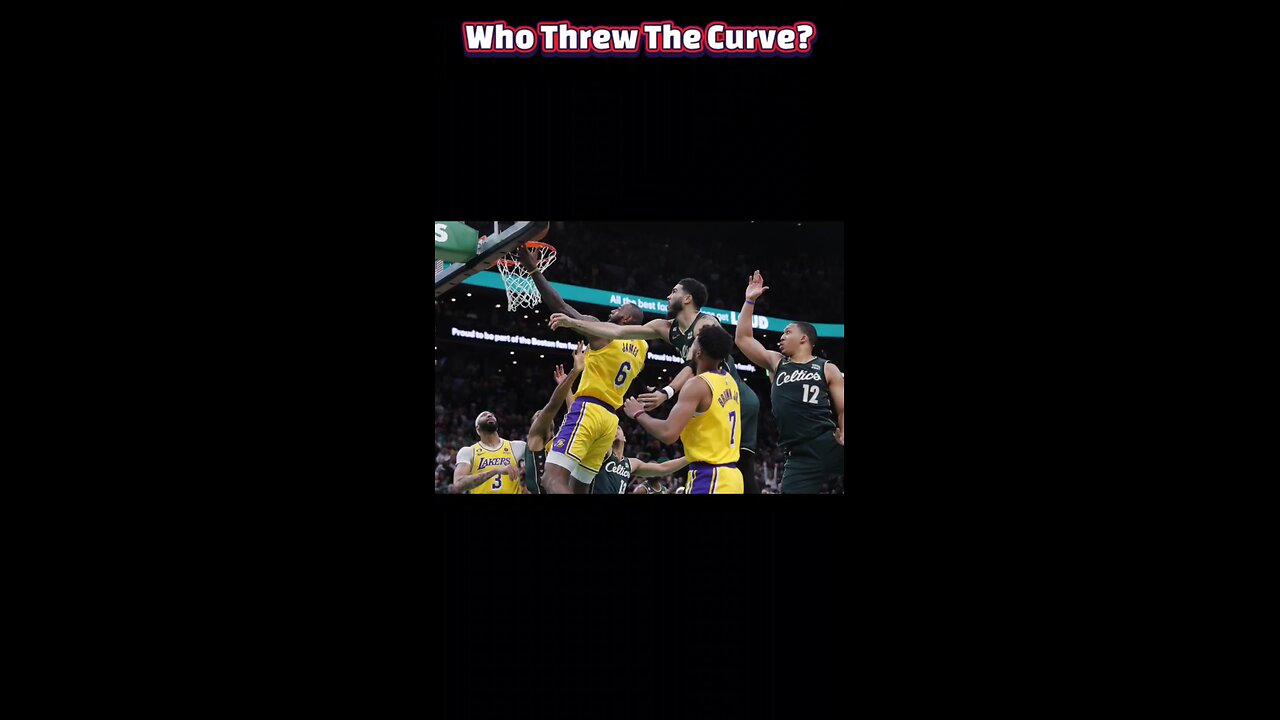
Whistle Blown: The Truth Behind NBA’s Crunch-Time Calls
#NBAOfficiating #CrunchTimeCalls #LastTwoMinuteReport #WhistleWatch #HomeCookinBias #NBAConspiracy #FairPlayNBA
#nba
The NBA’s most infamous crunch-time controversies often stem from erratic foul calls that seem to swing games, and sometimes entire playoff series, in one direction or another. Fans obsessed over Dwyane Wade’s 25 free throws in Game 5 of the 2006 Finals and another 21 in Game 6, prompting Mavericks owner Mark Cuban to insist the Heat “stole” that title through biased officiating. Disgraced ex-referee Tim Donaghy has fanned those flames, alleging the league nudges calls to extend marquee series for ratings and revenue, a claim he’s repeated since his 2007 prison sentence for gambling on games he officiated.
These conspiracy theories gain new life whenever officiating becomes a headline. During the 2017 Finals, Donaghy publicly suggested refs would tighten calls on the Warriors and “push” the series to a Game 6, pointing to the Cavs’ 22 first-quarter free throw attempts in Game 4 as evidence of league intervention. Across social media, fans chant “rigged!” as soon as a star gets into foul trouble, and theories swirl that the NBA “cooks” home games by assigning sympathetic crews, all to engineer must-see matchups deep into June. Tim Donaghy even floated that Draymond Green’s suspension for a flagrant foul on LeBron was strategically timed to help Cleveland prolong the series.
In response, the NBA publishes Last Two-Minute Reports for every game where the margin is three points or fewer in the final two minutes. These postgame breakdowns catalog every whistle and notable non-call, offering video-backed justifications or admissions of error. Yet the National Basketball Referees Association has publicly urged Adam Silver to scrap these reports, arguing they stoke fan hostility, offer no punishment for misses, and fail to alter outcomes. Silver defends them as proof that officials get roughly 90 percent of calls right, acknowledging human error but insisting transparency outweighs the downsides.
Another flashpoint is referee rotations and the so-called “home-cookin’” bias. The NBA staggers its crews to prevent familiarity with particular players or cities, but statistical analyses suggest home bias persists, especially among veteran officials. A Harvard study found that more experienced referees call significantly more fouls on visiting teams even after controlling for season-wide trends in foul rates. Academic research in Nature further confirms a systemic home-team advantage in foul calls, though it notably waned in the fan-less, pandemic-era bubble, highlighting how crowd pressure can sway split-second decisions.
Fair and consistent rule enforcement is the bedrock of competitive integrity. To rebuild trust, the NBA might expand Last Two-Minute Reports with real-time in-game alerts for coaches, rotate crews even more aggressively, and pilot additional replay or AI tools for borderline calls. Ultimately, acknowledging that human error never vanishes, but can be measured, corrected, and minimized, will be key to quieting conspiracy theorists and preserving the league’s credibility.
-
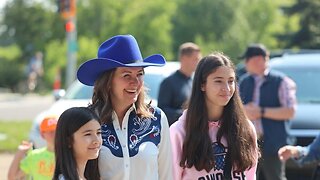 50:15
50:15
daniellesmithab
1 day agoKick-Starting Careers for Young Albertans
17.4K1 -
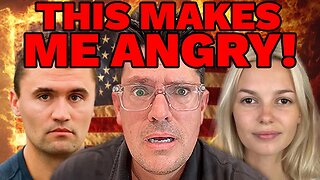 39:01
39:01
Stephen Gardner
17 hours ago🔥This Will Leave You FURIOUS... What’s Really Going On?
77.2K138 -
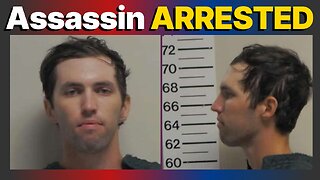 19:33
19:33
DeVory Darkins
19 hours ago $13.84 earnedBREAKING: Charlie Kirk's shooter in custody after making chilling confession
45.7K164 -
 2:12:43
2:12:43
TimcastIRL
13 hours agoErika Kirk Addresses Public After Charlie Kirk Assassination, Live Coverage | Timcast IRL
437K434 -
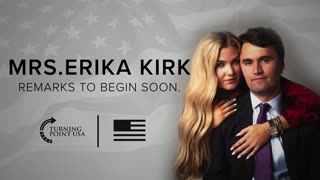 30:59
30:59
The Charlie Kirk Show
12 hours agoCharlie Kirk's beloved wife, Mrs. Erika Kirk addresses the Nation.
587K1.7K -
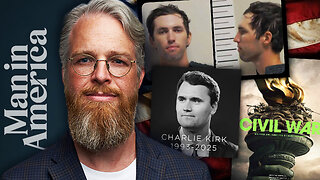 1:53:28
1:53:28
Man in America
20 hours agoLIVE: Assassin Arrested? Civil War? Are We Being Played?? | LET'S TALK
129K187 -
 2:10:33
2:10:33
Badlands Media
17 hours agoOnlyLands Ep. 24: Processing Tragedy, Cancel Culture, and the Next Spark
89.8K31 -
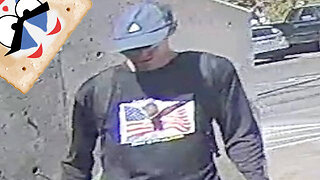 2:27:53
2:27:53
TheSaltyCracker
13 hours agoGot Him ReeEEStream 9-12-25
307K453 -
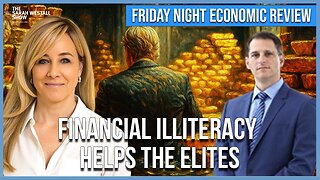 52:11
52:11
Sarah Westall
15 hours agoBread and Circus Keeps you Financially Ignorant – Its Better for the Elites w/ Chris Russo
83.4K8 -
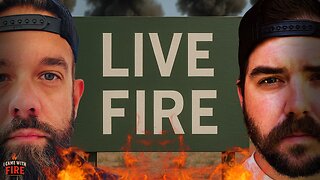 3:49:08
3:49:08
I_Came_With_Fire_Podcast
21 hours agoFriday Night Live Fire
75.6K7